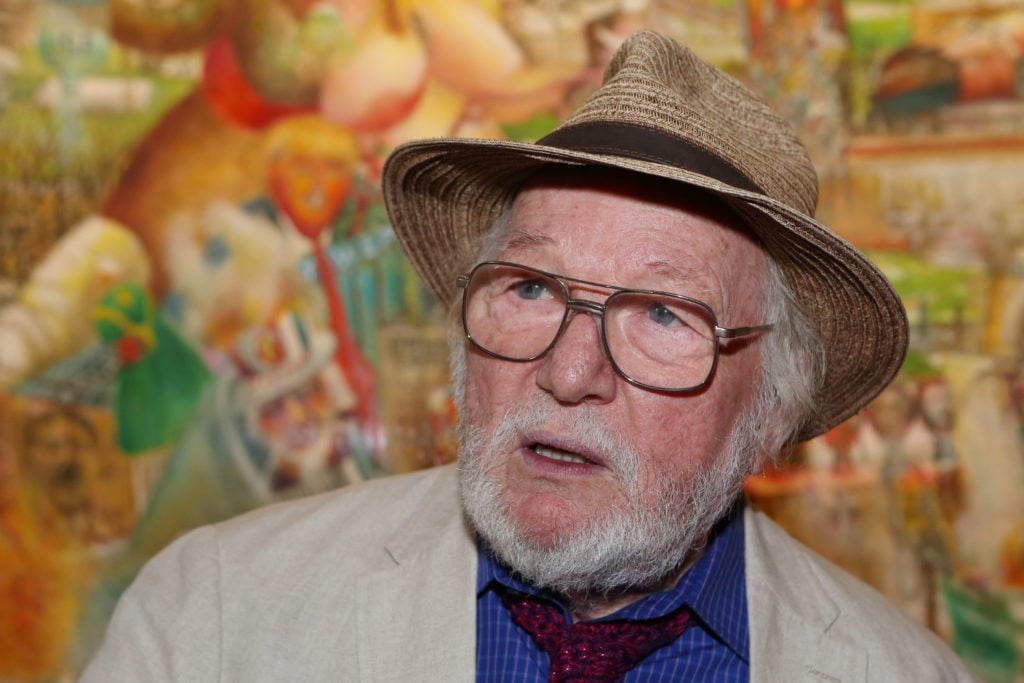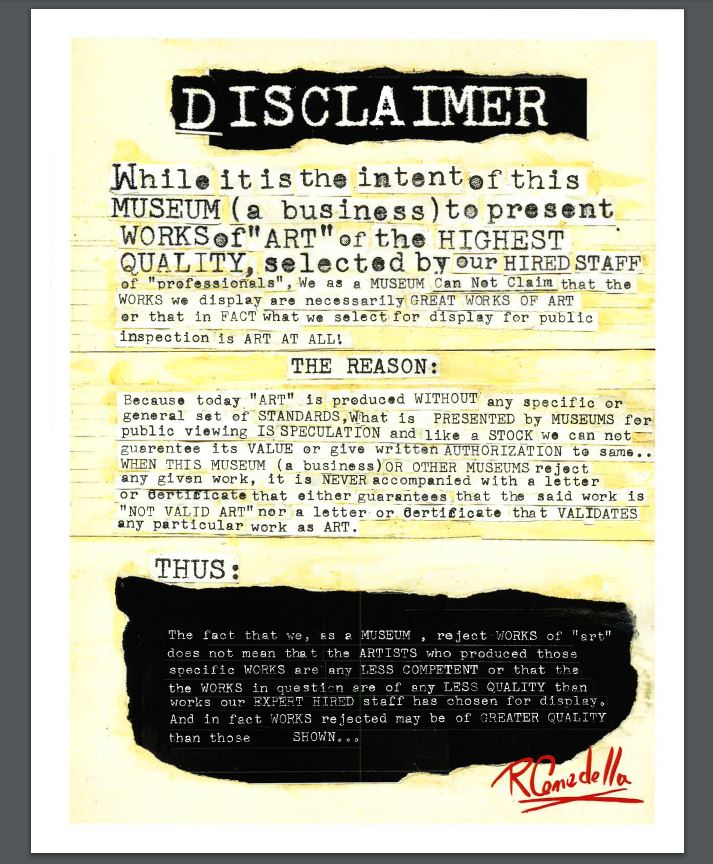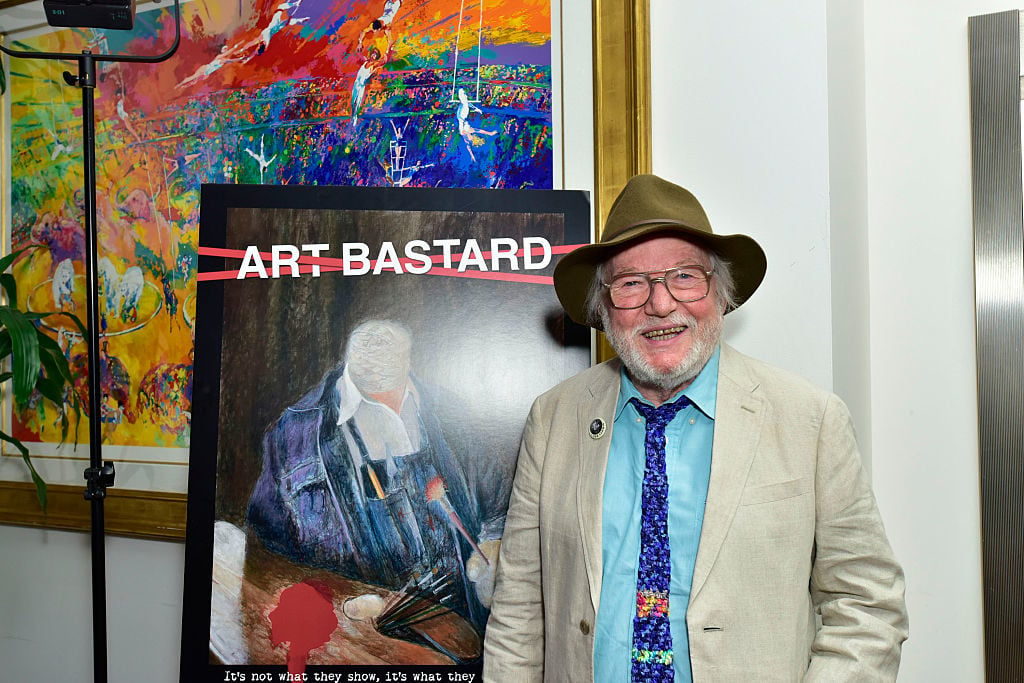Law & Politics
New York Museums Move to Dismiss Artist’s ‘Implausible’ Lawsuit That Claims the Art Industry Is Rigged
The museums say they do not, in fact, benefit from the conspiracy that Robert Cenedella claims has constrained his career.

The museums say they do not, in fact, benefit from the conspiracy that Robert Cenedella claims has constrained his career.

Sarah Cascone

A quintet of New York museums are moving to dismiss a $100 million lawsuit filed against them by artist Robert Cenedella, the star of the documentary Art Bastard. Cenedella insists that the institutions are conspiring to raise prices for a group of pre-approved artists’ work while purposely excluding equally deserving artists like himself, in violation of antitrust laws.
The museums—the Metropolitan Museum of Art, the Whitney Museum of American Art, the Museum of Modern Art, the Solomon R. Guggenheim Foundation, and the New Museum of Contemporary Art—are asking for a dismissal with prejudice, which would prevent Cenedella from refiling his case in the future. They argue that they do not, and could not, participate in a conspiracy to buoy the market for a particular set of artists, because such an arrangement would make their jobs harder—not easier.

Robert Cenedella wants museums to admit they aren’t necessarily showing the best art.
Cenedella’s complaint, which has already been amended at the judge’s request, “falls far short of stating a plausible claim,” the museums wrote in a brief supporting the motion to dismiss the case. “Plaintiff is disappointed that the five museums named as Defendants in this case have not purchased or exhibited his artwork. But this grievance has nothing to do with the law, let alone the antitrust laws, which are intended to protect competition.”
The lawsuit hinges on the existence of an unsubstantiated agreement between the defendants and prominent art galleries, which allegedly provide financial support for the museums in exchange for representation in their exhibitions and collections. This, in turn, supposedly drives up the prices for these chosen artists, making it even more difficult for artists like Cenedella to compete.
But the museums contend that they do not actually benefit from such a system. If a desirable artist’s work skyrockets in price, it becomes more difficult for them to acquire it. “A conspiracy that only increases the financial burden on the alleged conspirators is completely implausible,” the museums wrote. They also point out that a conspiracy to artificially inflate the market, should it exist, would actually hurt collectors looking to purchase the overpriced work and later donate it to an institution.

Robert Cenedella at the premier of Art Bastard in New York City. Photo: Eugene Gologursky/Getty Images for CAVU Pictures & Concannon Productions.
The basis of the case is a 2015 article by artnet News’s Julia Halperin, published in the Art Newspaper, that found that “one-third of the major solo exhibitions held in US museums between 2007 and 2013 featured artists represented by just five galleries… Gagosian Gallery, Pace, Marian Goodman Gallery, David Zwirner, and Hauser & Wirth.”
The museums’ brief points out that “neither this article, nor the Complaint, contain any facts supporting an inference of an agreement between the Museums and these five galleries (or any Museum and any gallery) to deal exclusively or otherwise.” There is also no evidence of any communications between the galleries and museums that would help prove the existence of the alleged conspiracy.
“Mr. Cenedella is committed to level the playing field and foster legitimacy and transparency to the art world,” the artist’s lawyer, Robert J. Hantman of New York’s Hantman & Associates, told Law360. “The outpouring of support for this case is unparalleled.”
The museums’ attorney, William F. Cavanaugh Jr. of New York’s Patterson Belknap Webb & Tyler, declined to comment on the case.